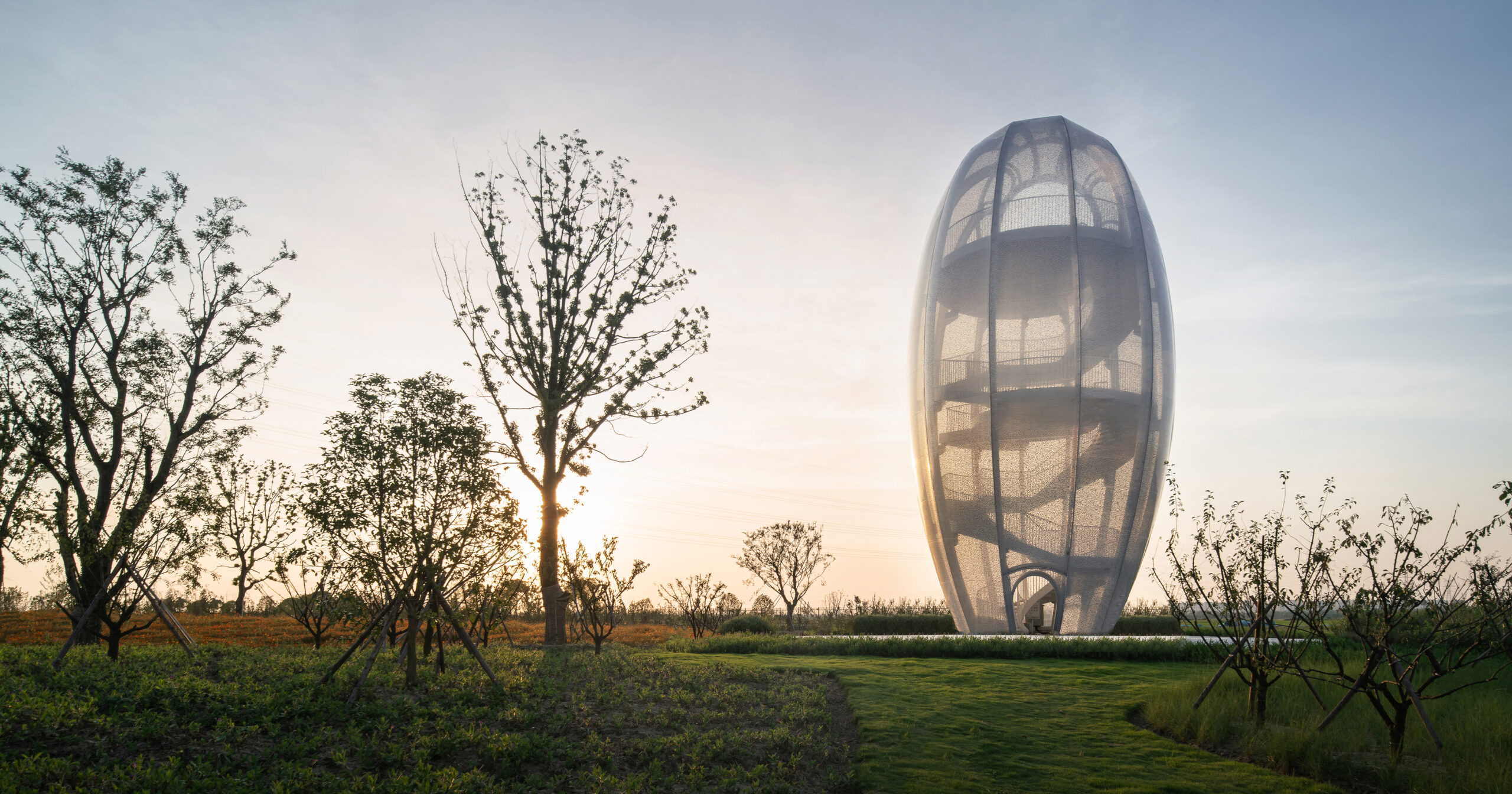Architects: Want to have your project featured? Showcase your work through Architizer and sign up for our inspirational newsletters.
The harmonious interplay of signs, symbols, and significance plays a prominent role across the spectrum of architectural practice. Semiotics, the study of these expressive elements, weaves a compelling narrative across our built landscape, shaping our perception and experience of the world around us. As architects create spaces that resonate with our collective consciousness, semiotics become a powerful force in which architects are tasked with guiding human experience. From subtle whispers to triumphant crescendos, the understanding of semiotics assists in creating masterfully crafted spaces that remind us that architecture is an art form with the power to evoke emotion, provoke thought, and transform our world.
Many contemporary architects have mastered the art of semiotics in their work, and they have used this mastery to bring to life innovative and thought-provoking projects. Today, we’re shedding light on the nuances of design language and decoding the hidden meanings that underpin such creations. From cultural identity to navigation and wayfinding, these architects skillfully employ semiotics to compose spaces that captivate the soul and strike a chord, revealing the full potential that the visual language of architecture holds for understanding the past and shaping the future of the built environment.
Crawick Multiverse
By Charles Jencks, Dumfries and Galloway, Scotland
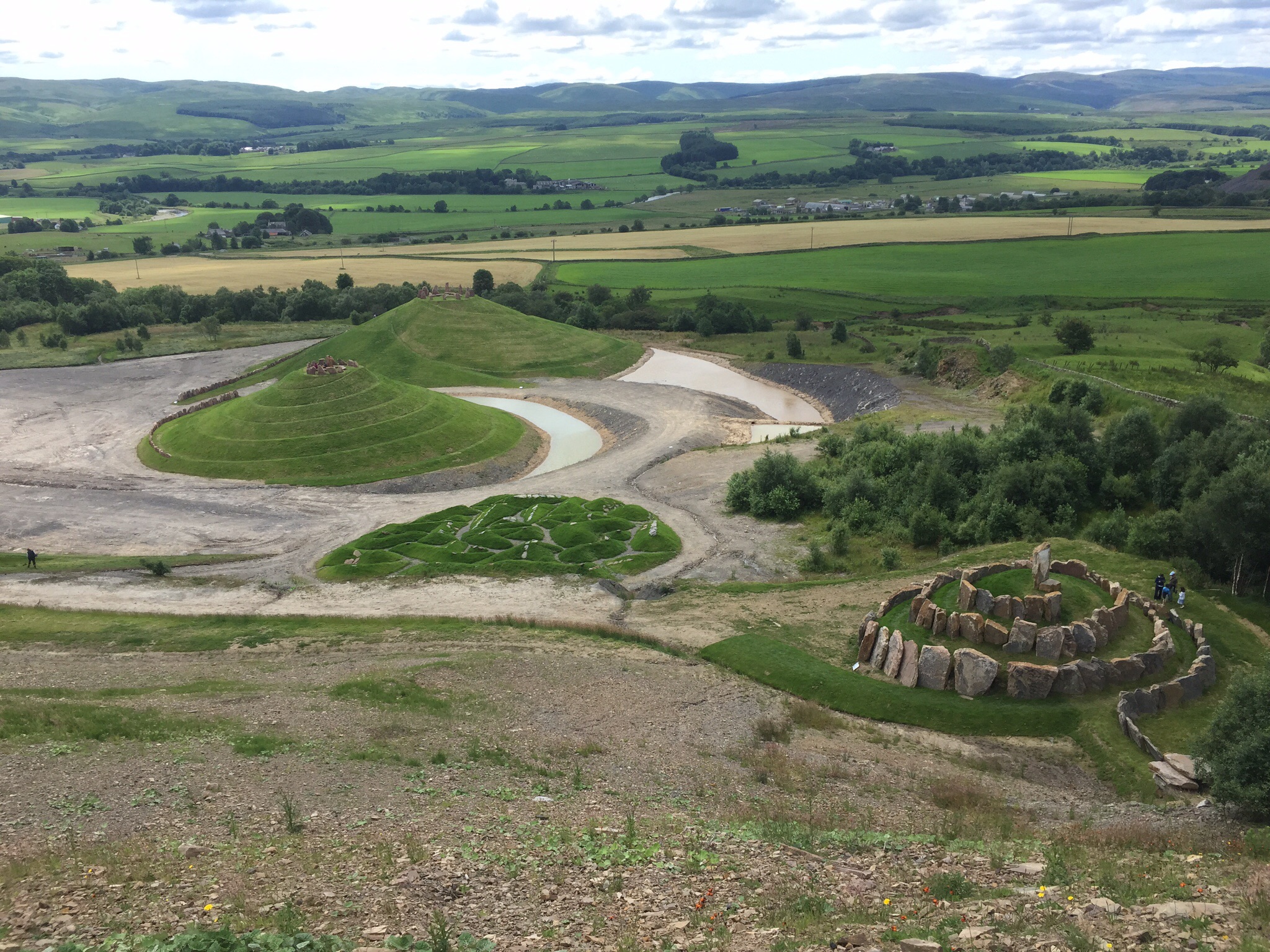
Crawick Multiverse by Charles Jencks. Photograph by Stephen Clark, via Wikimedia Commons CC BY-SA 2.0
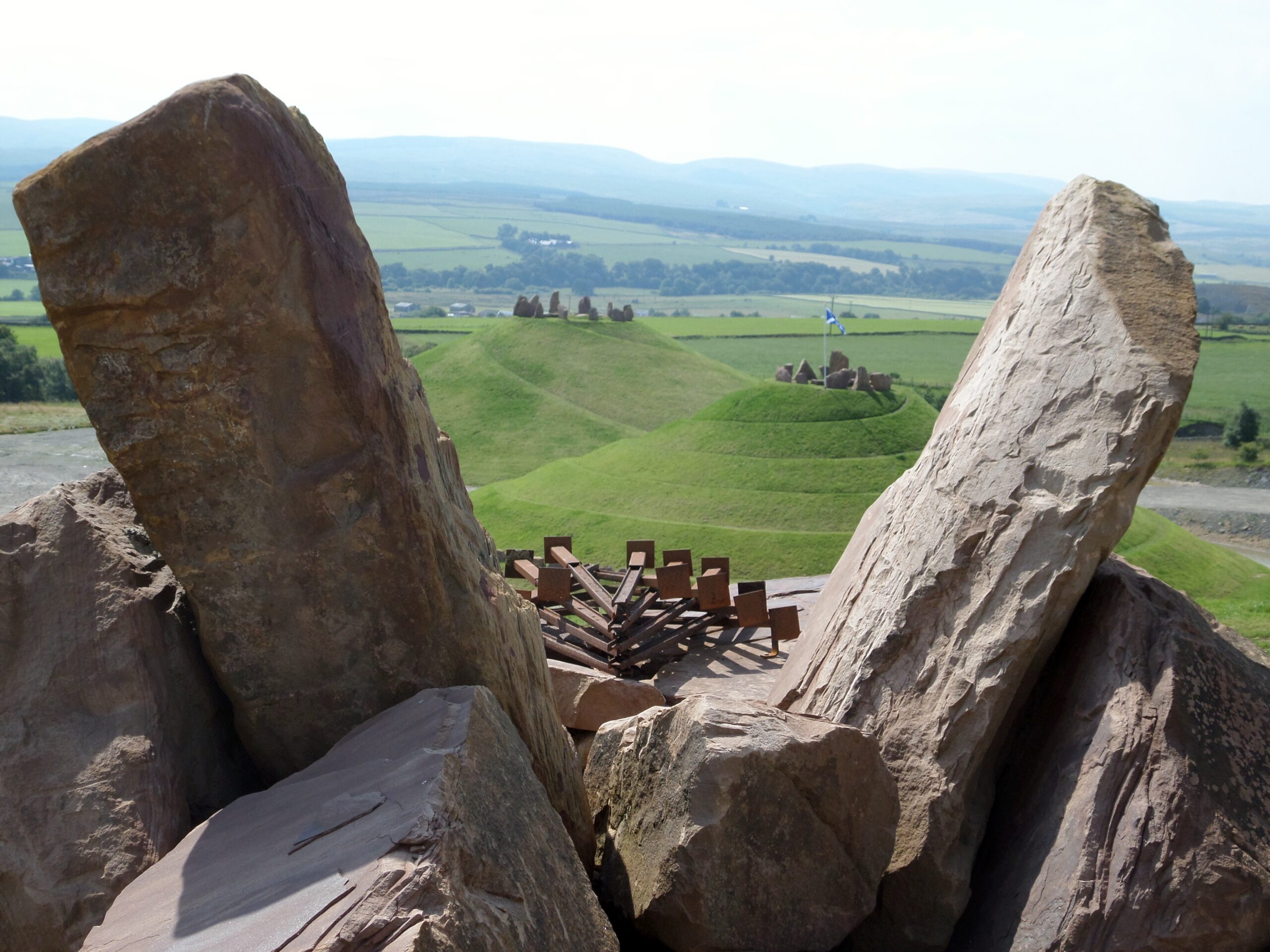
Crawick Multiverse by Charles Jencks. Photograph by Rosser1954, via Wikimedia Commons CC BY-SA 4.0
Landscape architect Charles Jencks utilizes semiotics across many of his most well-recognized works. In Scotland, he weaves a cosmic narrative through his monumental landform project. The Crawick Multiverse in Dumfries and Galloway combines semiotics and earthworks to create a captivating landscape that represents the very existence of life on Earth, the universe’s birth and evolution.
Jencks uses various familiar symbols, such as spirals and stone circles, to express the complex ideas of cosmology and astrophysics. The captivating forms engage visitors and encourage them to reflect on humanity’s place in the cosmos. By integrating scientific concepts with artful symbolism, Jencks demonstrates the power of semiotics in creating meaningful, thought-provoking spaces that transcend the boundaries of traditional landscape design. Encouraging us to document our history in ways originally adopted by our ancestors and, it is hoped, future generations too.
The Smile
By Alison Brooks, London, United Kingdom
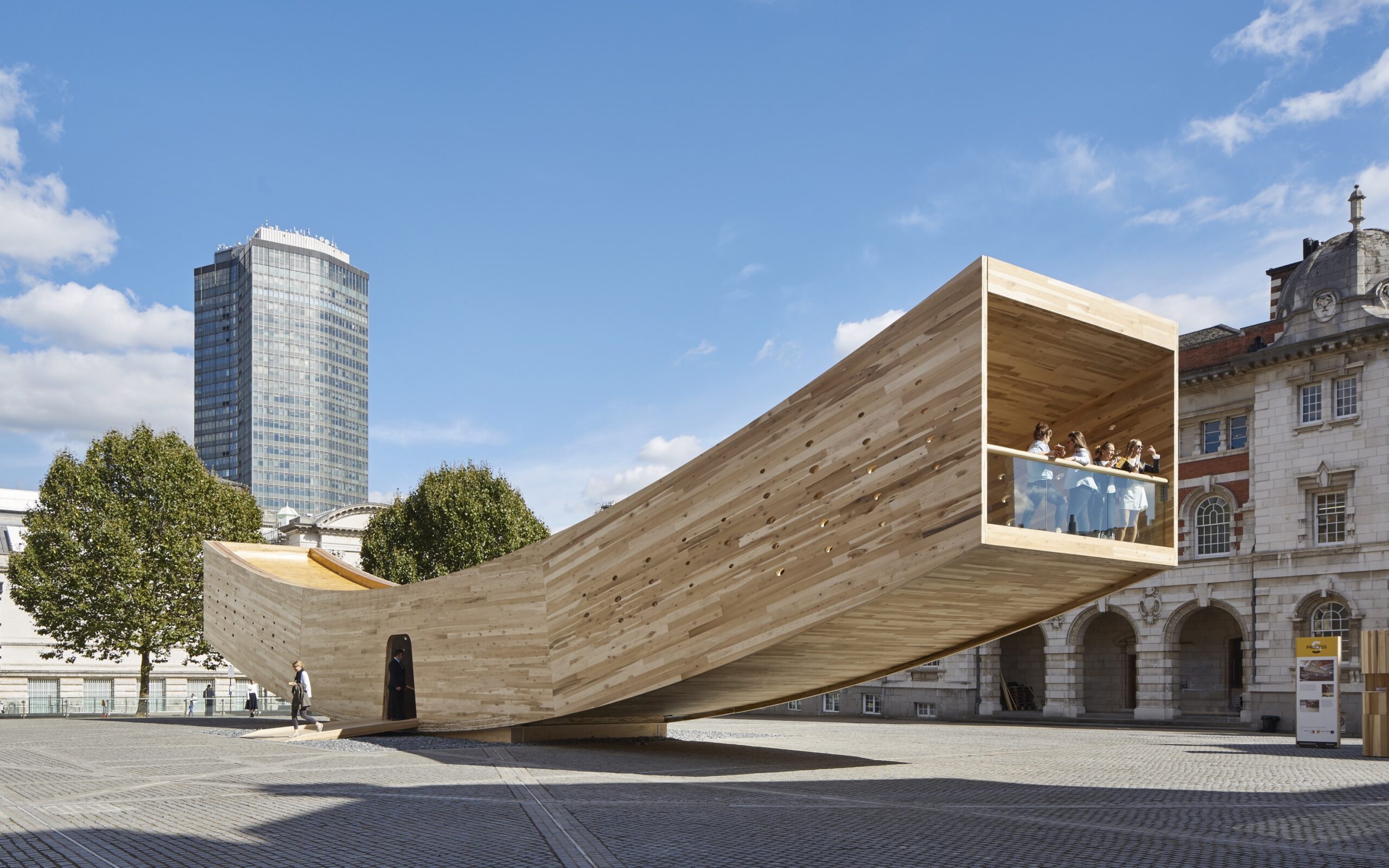
The Smile by Alison Brooks, London, United Kingdom. Photograph by Alison Brooks
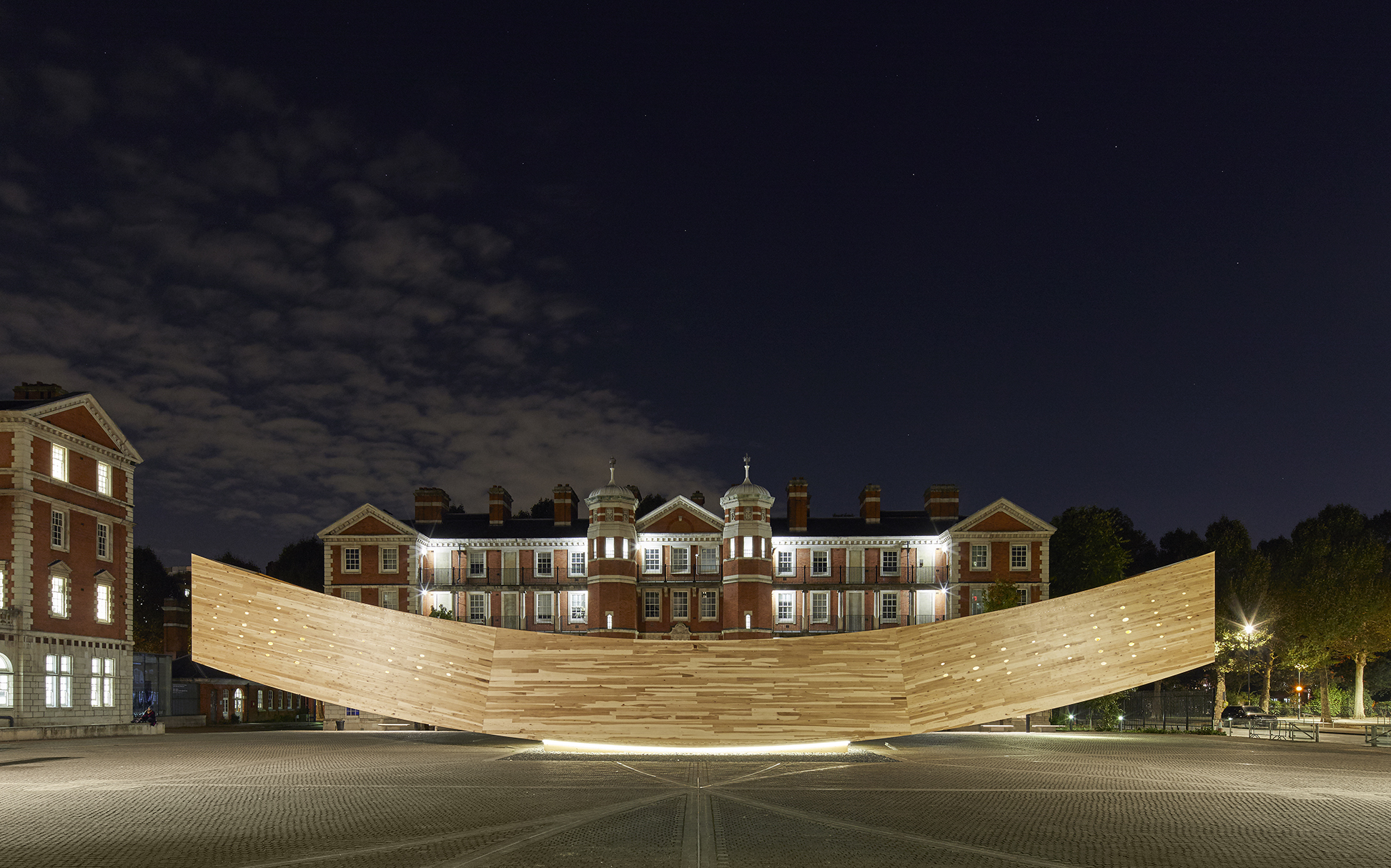
The Smile by Alison Brooks, London, United Kingdom. Photograph by Paul Riddle
Alison Brooks is well known for her inventive and expressive designs. The architect regularly employs semiotics to create immersive and engaging structures. In London, the temporary installation titled The Smile expresses the idea of emotion through form intelligently and beautifully. The curved structure made from cross-laminated timber evokes a sense of lightness and joy, resembling a smile both in form and name.
Brooks uses the semiotic symbolism of the smile to convey a sense of happiness, warmth, and connection to visitors, allowing them to experience a shared moment of delight. The Smile demonstrates how semiotics can be used to evoke powerful emotional responses, with the goal of fostering a sense of belonging and unity among people in a shared space.
Asakusa Culture and Tourism Center
By Kengo Kuma, Tokyo, Japan
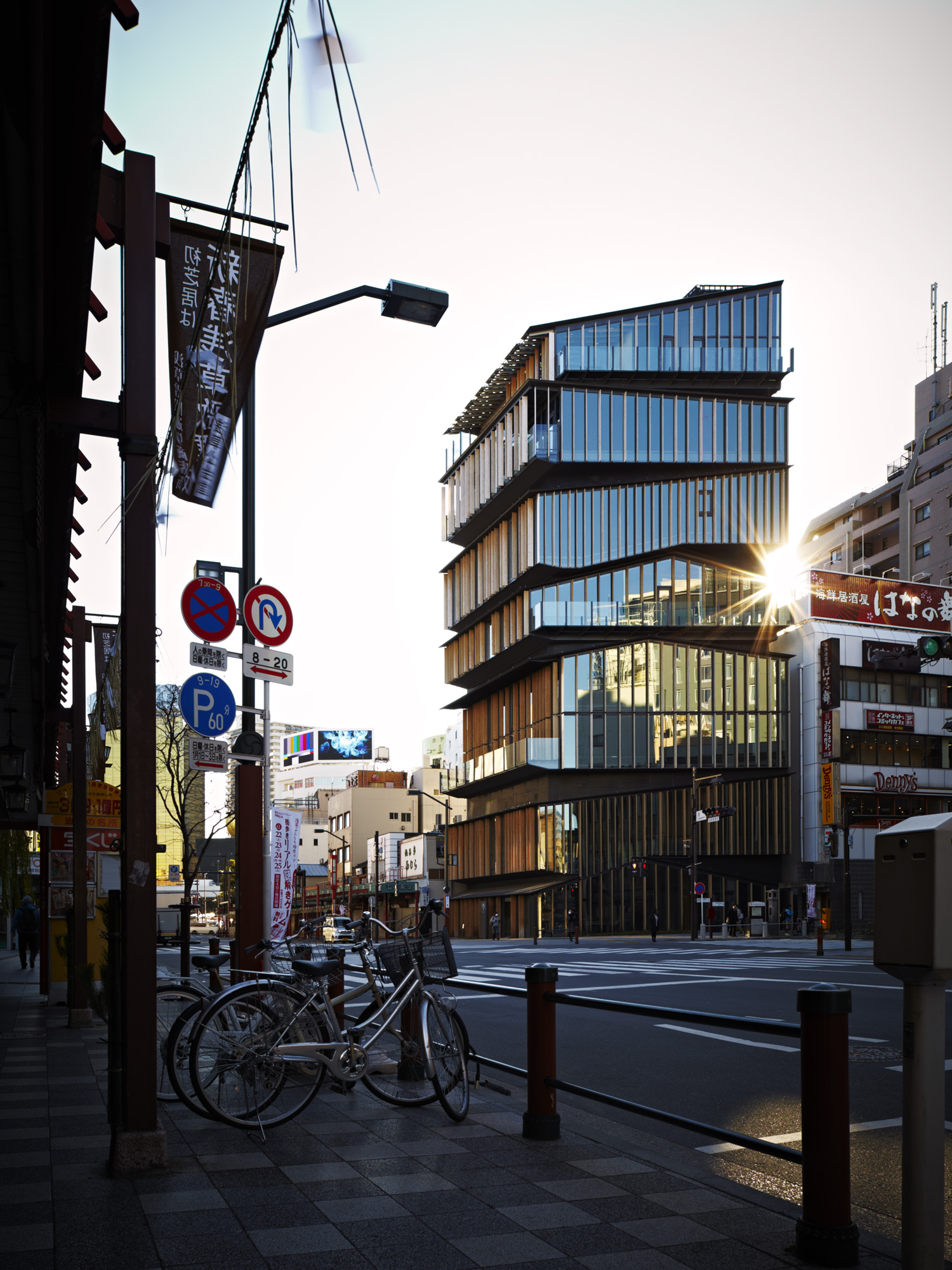
Asakusa Culture and Tourism Center by Kengo Kuma, Tokyo, Japan. Photograph by Edward Caruso Photography
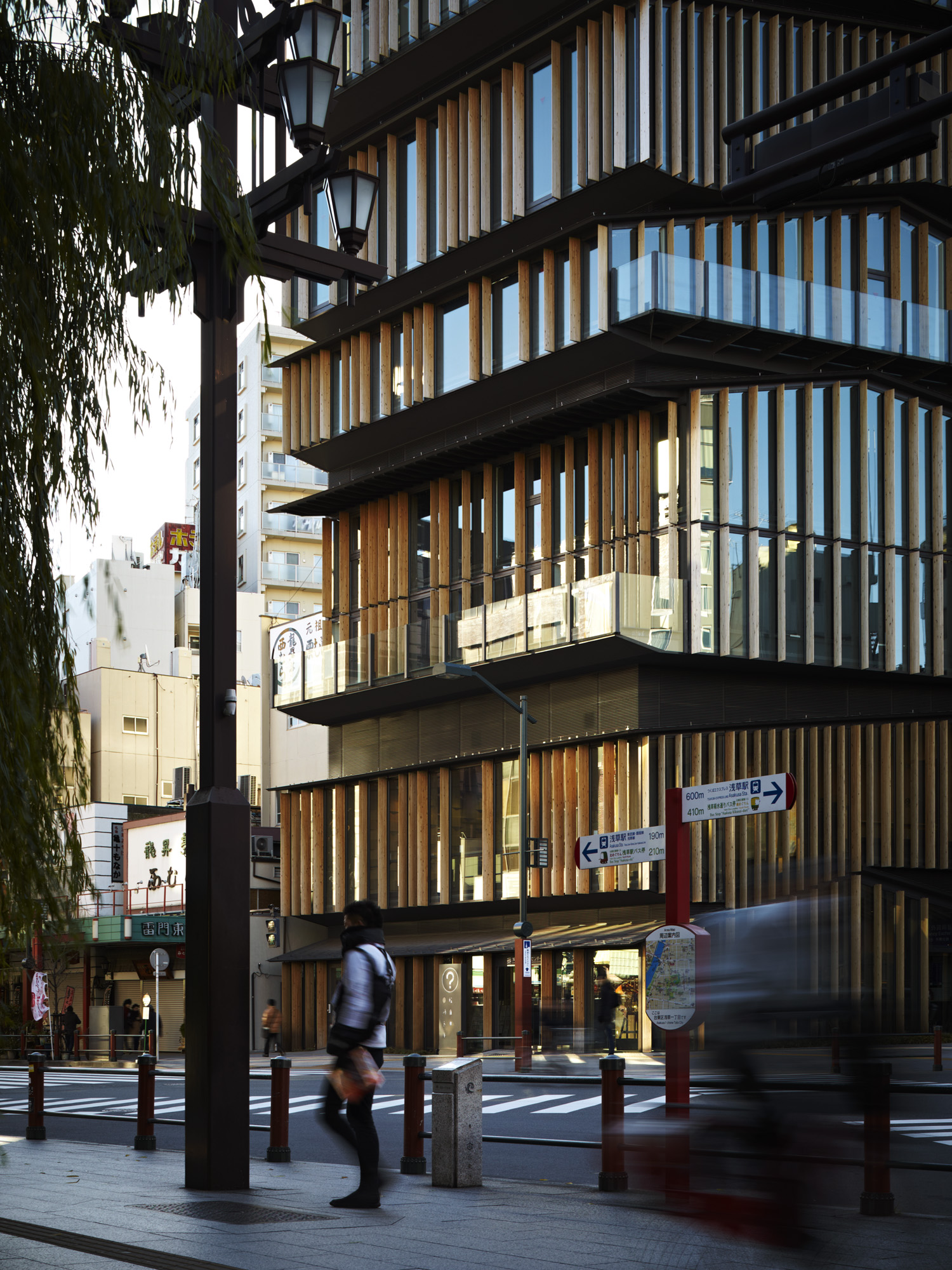
Asakusa Culture and Tourism Center by Kengo Kuma, Tokyo, Japan. Photograph by Edward Caruso Photography
Kengo Kuma, renowned for his ability to harmoniously blend architecture and nature, employs semiotics in his design for the Asakusa Culture and Tourism Center in Tokyo. The building’s distinctive façade, composed of stacked, horizontal wooden layers, is inspired by the traditional Japanese pagoda, symbolizing the country’s rich cultural heritage.
Like Kundoo, Kuma also favors natural materials, such as wood and glass, to encourage a sense of warmth and familiarity, inviting visitors to connect with the building on a deeper emotive level. The Asakusa Culture and Tourism Center exemplifies Kuma’s unique approach to semiotics in architecture, highlighting the potential for design to express and safeguard cultural identity and a sense of belonging.
Jewish Museum
By Studio Daniel Libeskind, Berlin, Germany
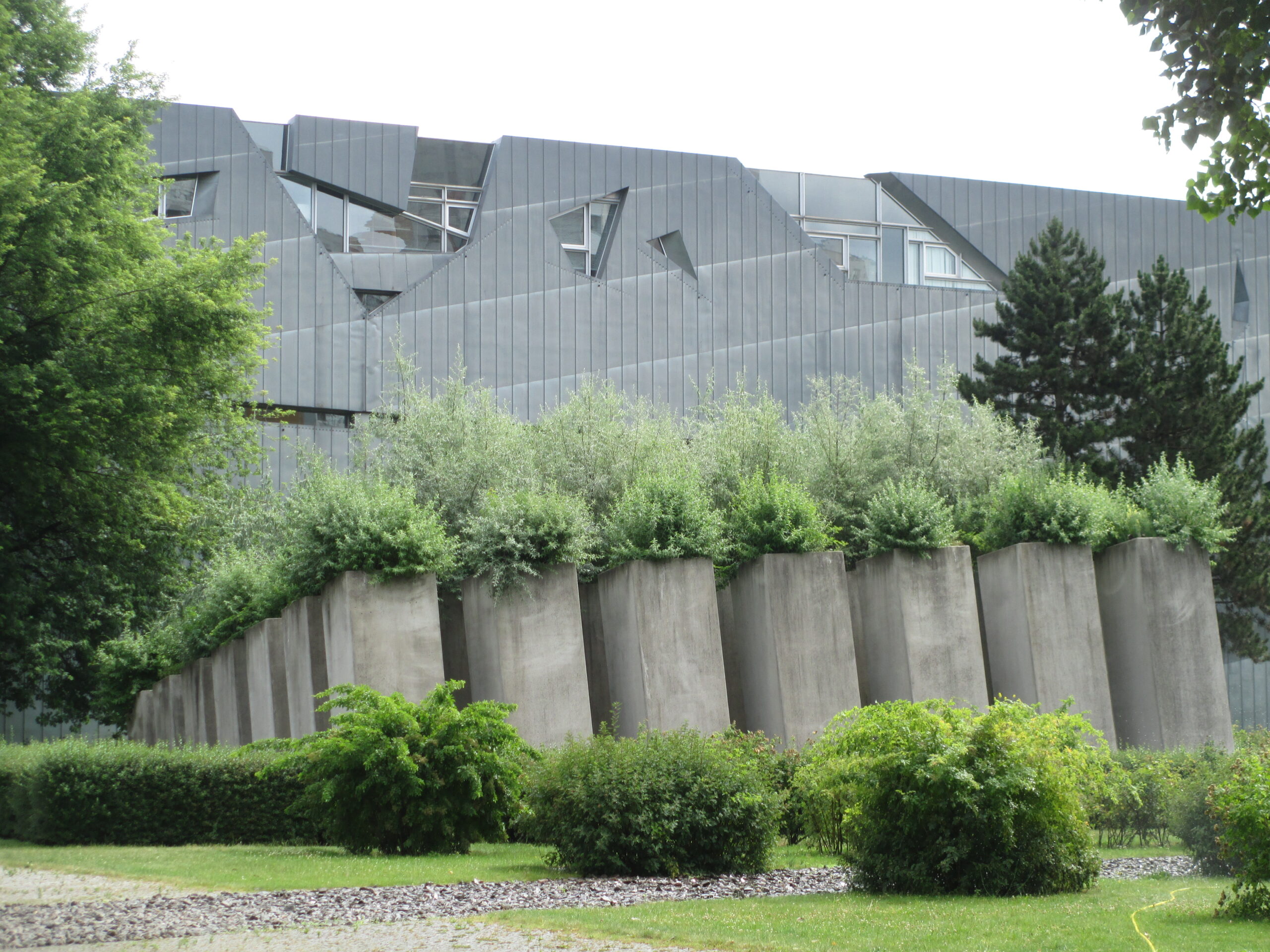
Photograph by Avi1111 dr. avishai teicher via Wikimedia Commons
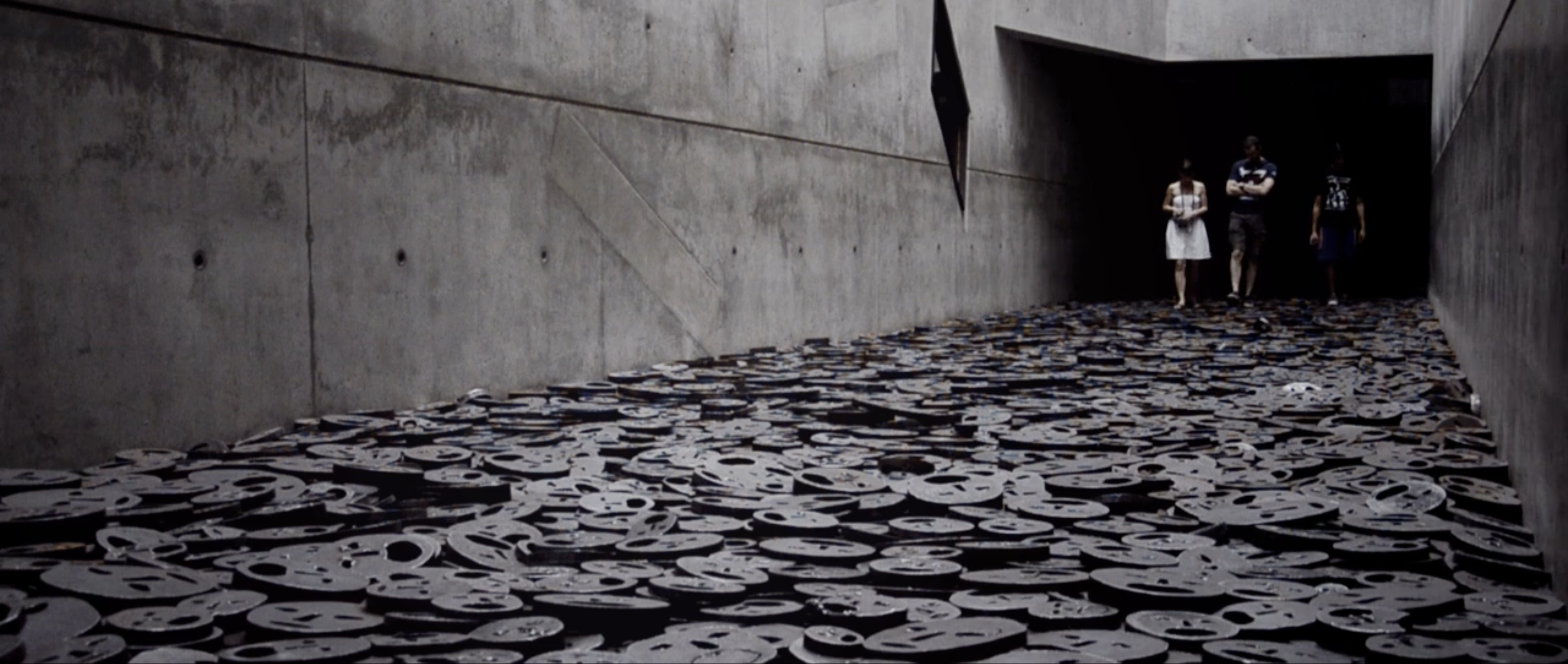
Jewish Museum by Studio Daniel Libeskind, Berlin, Germany. Photograph from Architizer archive, credit unknown.
Employing semiotics is a powerful way to record our collective global history, ensuring we do not forget the good and the bad of what has come before us. Daniel Libeskind’s Jewish Museum Berlin is a powerful expression of the complex history and emotions surrounding the Holocaust. The museum’s striking, zigzagging form symbolizes a broken Star of David, while the building’s interior spaces evoke feelings of disorientation, loss, and hope.
Libeskind’s use of semiotics in the museum’s design conveys the weight of history and memory, inviting visitors to engage with the narrative on a profoundly emotional level so we can each share a small amount of the suffering and the pain of the past. The Jewish Museum Berlin serves as a poignant reminder of the potential for architecture to bear witness to history and to provoke thought, reflection, and understanding through vivid semiotic expression.
MAXXI Museum
By Zaha Hadid Architects, Rome, Italy
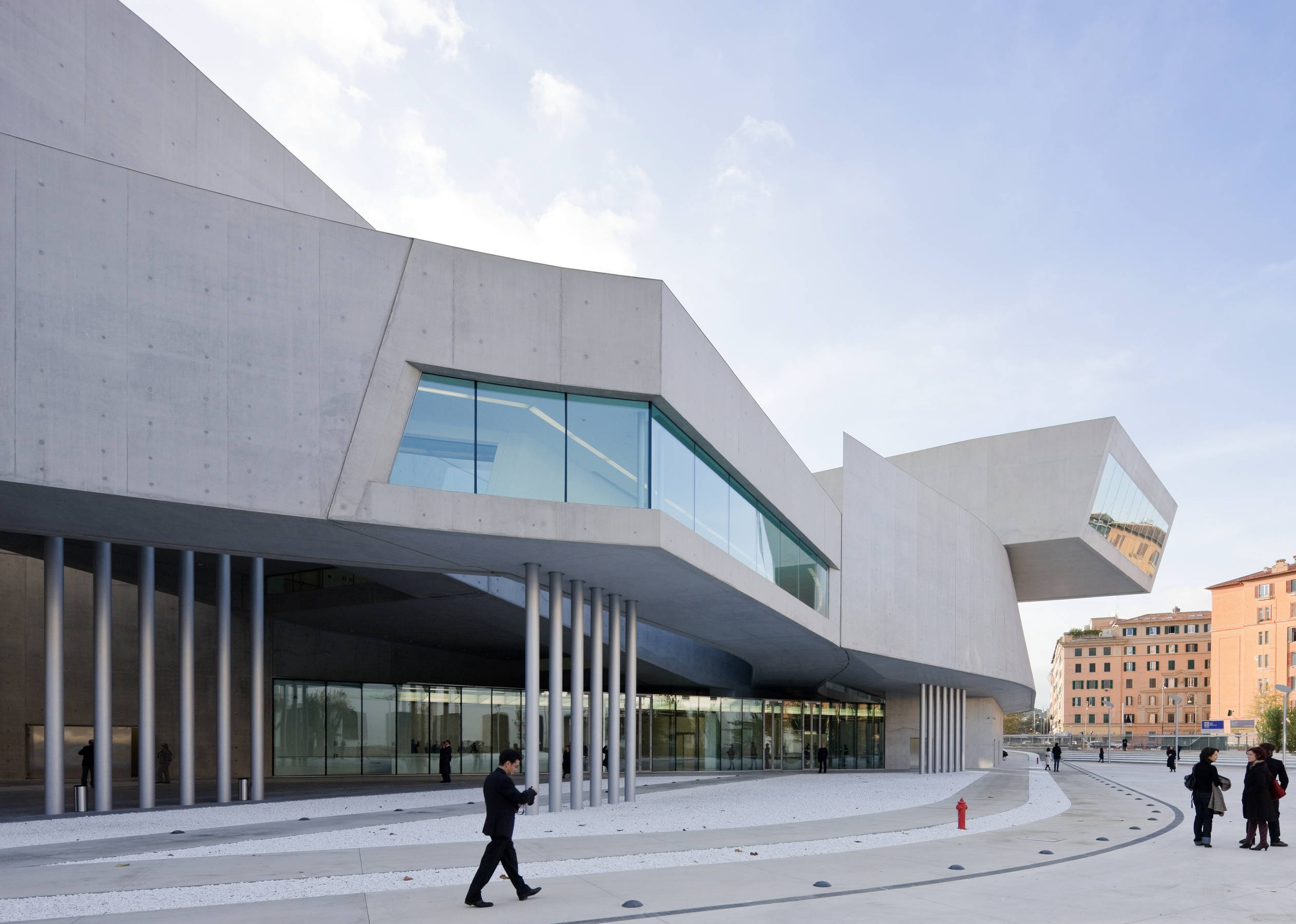
MAXXI Museum by Zaha Hadid Architects, Rome, Italy. Photograph by Iwan Baan
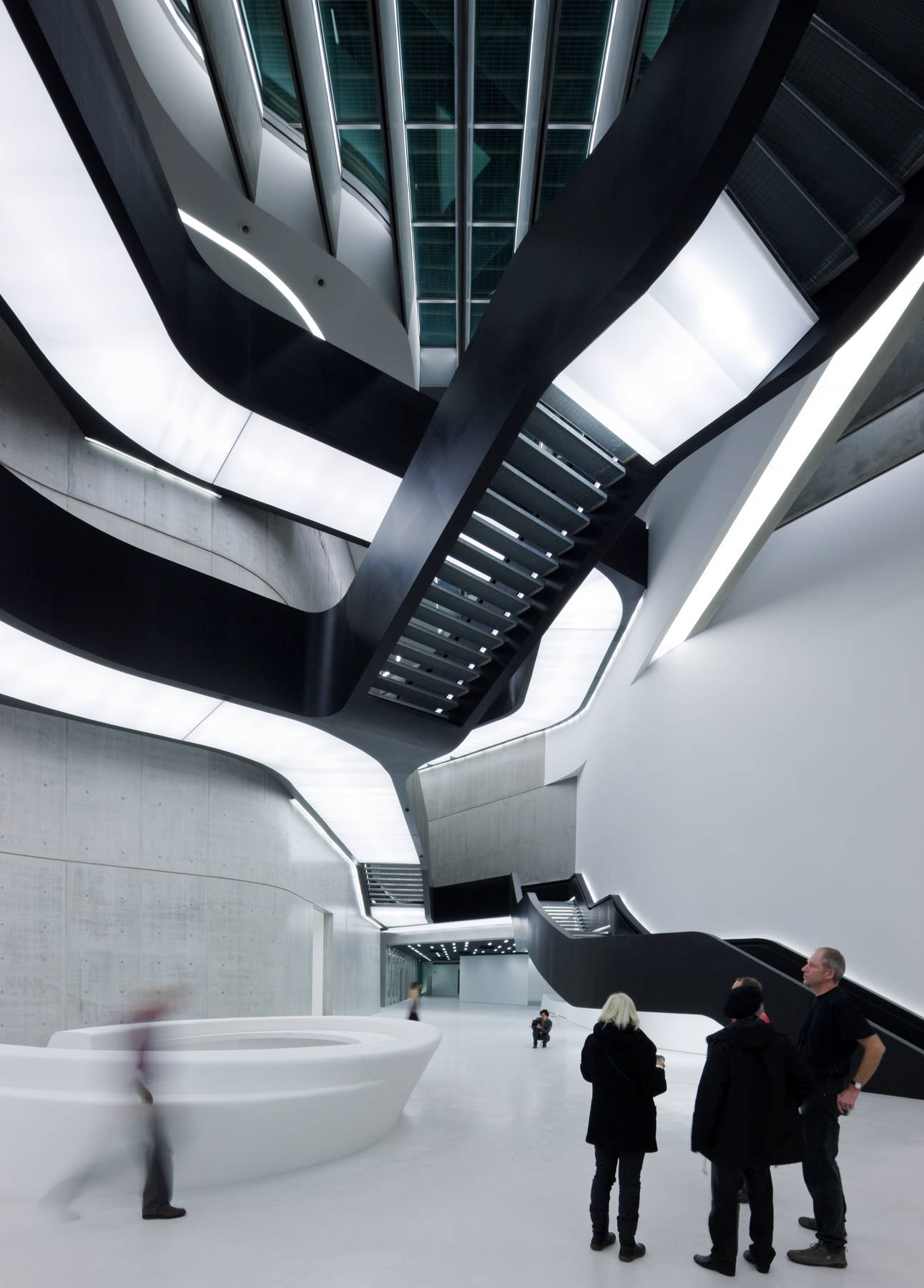
MAXXI Museum by Zaha Hadid Architects, Rome, Italy. Photograph by Iwan Baan
The late Zaha Hadid, a pioneer in contemporary architecture, skillfully employed semiotics in many of her designs. The MAXXI Museum in Rome is no exception. The museum’s fluid, dynamic forms symbolize the constant movement and evolution of art and culture, while it’s interconnected galleries and circulation spaces invite exploration and discovery. Hadid’s innovative approach to semiotics in the MAXXI Museum showcases the power of architectural design to express complex ideas and themes, challenging traditional notions of space and form.
Therme Vals
By Peter Zumthor, Vals, Switzerland
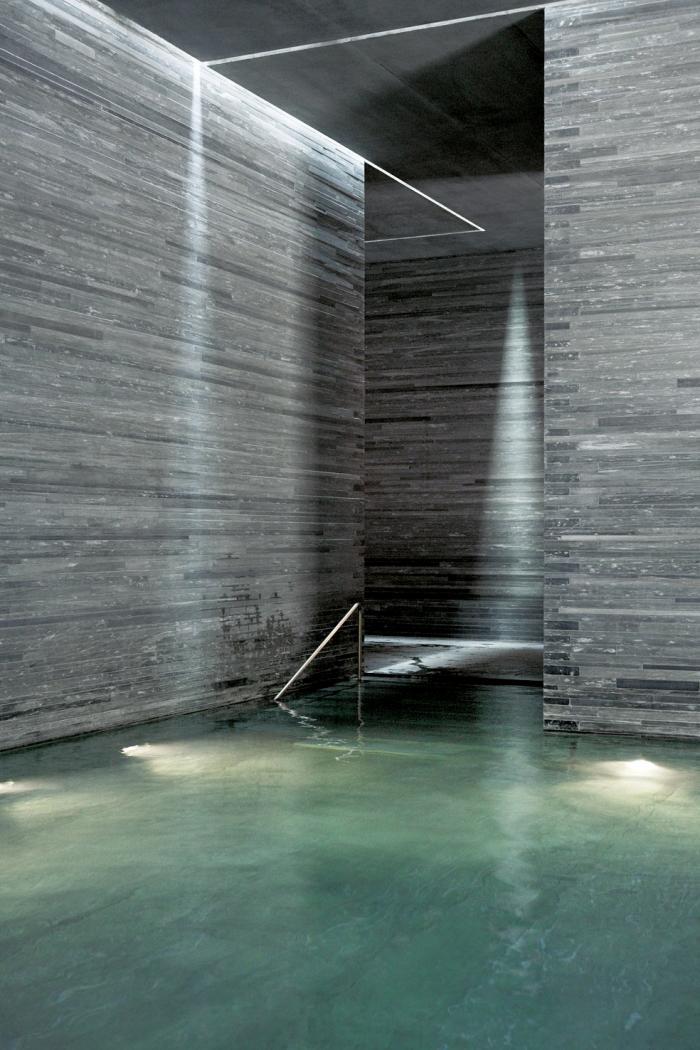
Therme Vals by Peter Zumthor, Vals, Switzerland.
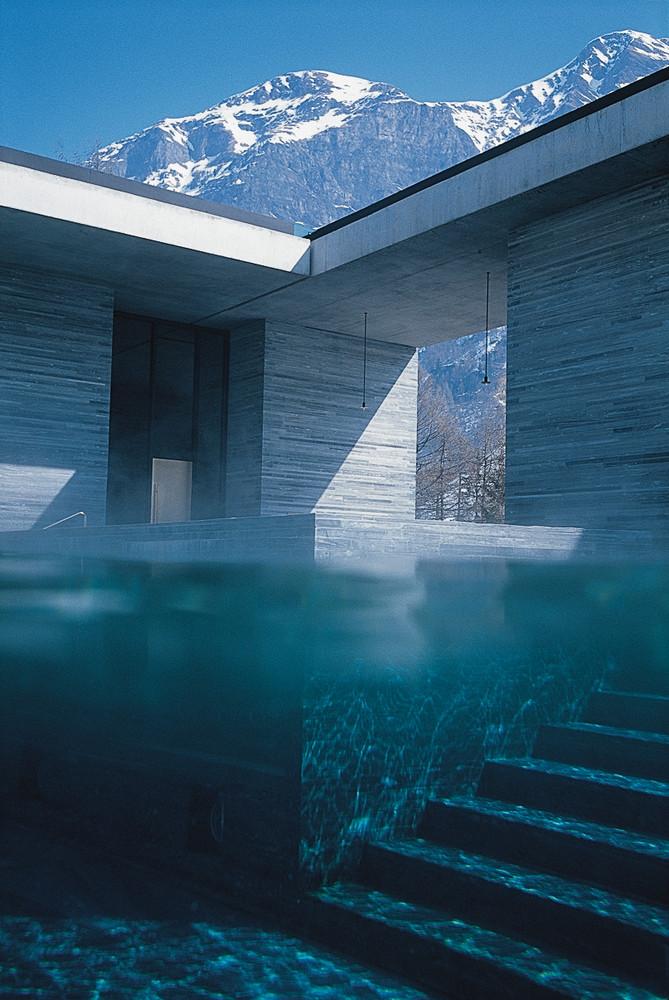
Therme Vals by Peter Zumthor, Vals, Switzerland.
Swiss architect Peter Zumthor’s Therme Vals, a thermal spa nestled in the Swiss Alps that was recently acquired by 7132 hotels, demonstrates a mastery of semiotics in architecture that underpins the wellness movement of today. The spa’s design draws upon the symbolism of the natural elements — water, stone, light, and air — to create an immersive and transformative experience for visitors.
Zumthor uses locally sourced quartzite to construct the building, seamlessly integrating it into its mountainous surroundings and emphasizing the spa’s connection to the earth. The interplay of light and shadow within the space, combined with the sounds of flowing water, evokes a sense of serenity and introspection. Therme Vals is made up of spaces that resonate on a profound sensory level making them deeply emotive.
National Museum of Qatar
By Ateliers Jean Nouvel, Doha, Qatar
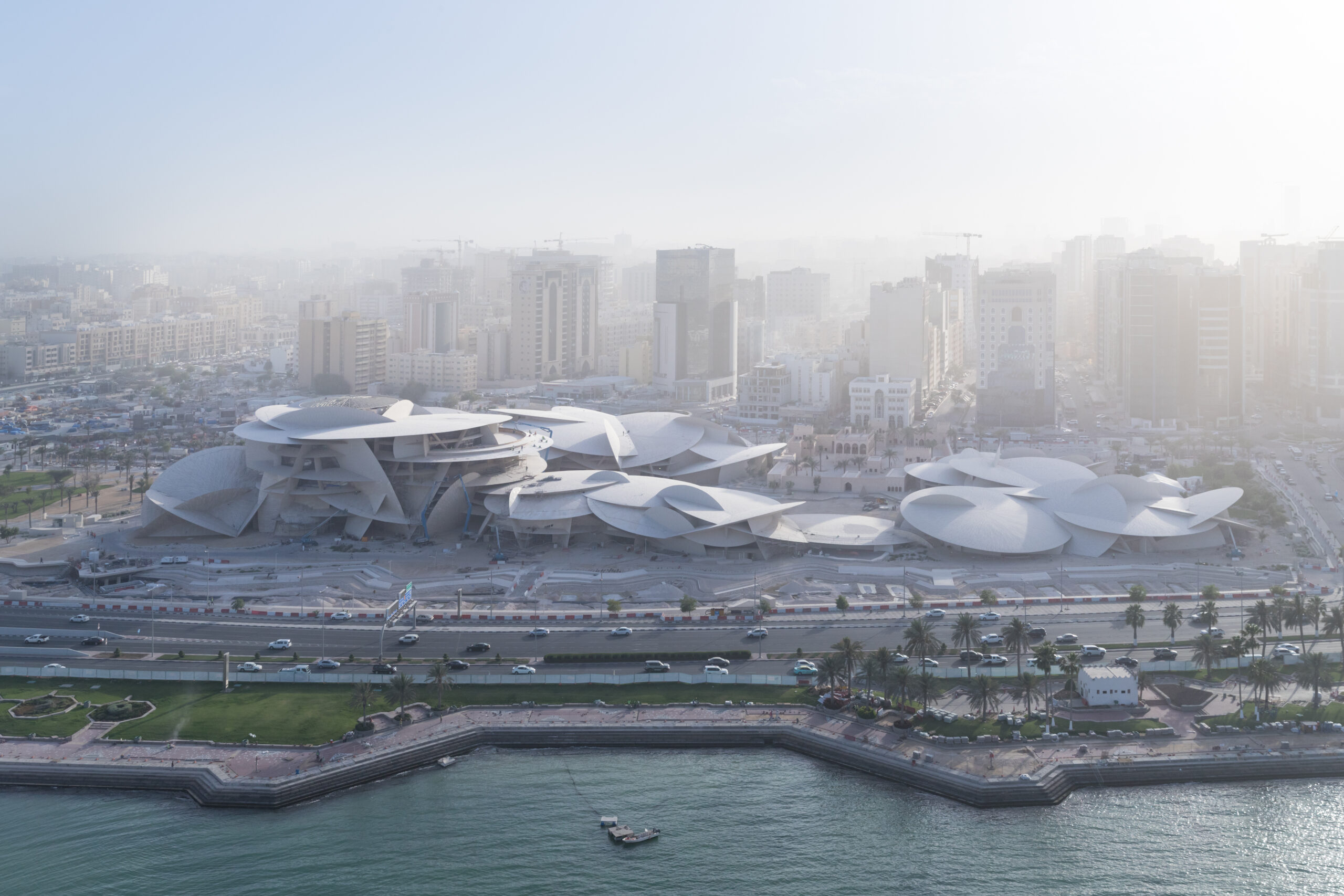
National Museum of Qatar by Ateliers Jean Nouvel, Doha, Qatar. Photograph by Iwan Baan
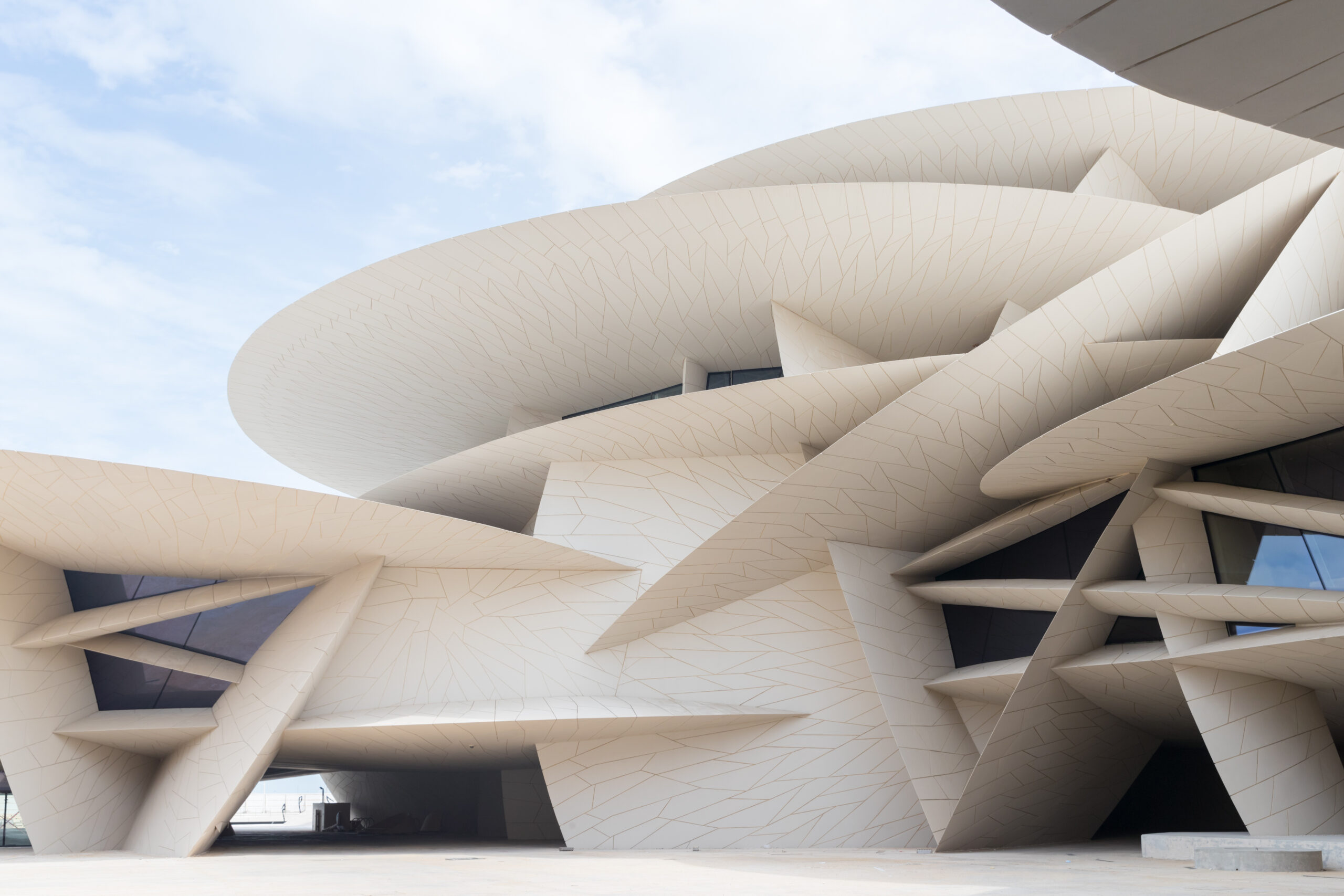
National Museum of Qatar by Ateliers Jean Nouvel, Doha, Qatar. Photograph by Iwan Baan
Jean Nouvel’s National Museum of Qatar in Doha showcases the cultural value of semiotics in architecture. The building’s dramatic form, inspired by the desert rose crystal formations found in Qatar, embodies the nation’s natural beauty and its ongoing transformation. Nouvel’s design interweaves elements of Qatari history, culture, and geography, creating a visual dialogue between the building and its context.
The museum’s structure comprises a series of interconnected discs that provide shade, resembling the petals of a desert rose. This organic configuration symbolizes the country’s deep-rooted connection to the desert landscape while also demonstrating its aspirations for progress and innovation. The National Museum of Qatar stands as an exemplary illustration of how semiotics can be used to create a meaningful and culturally relevant architectural expression, celebrating a nation’s unique identity and heritage.
Architects: Want to have your project featured? Showcase your work through Architizer and sign up for our inspirational newsletters.
